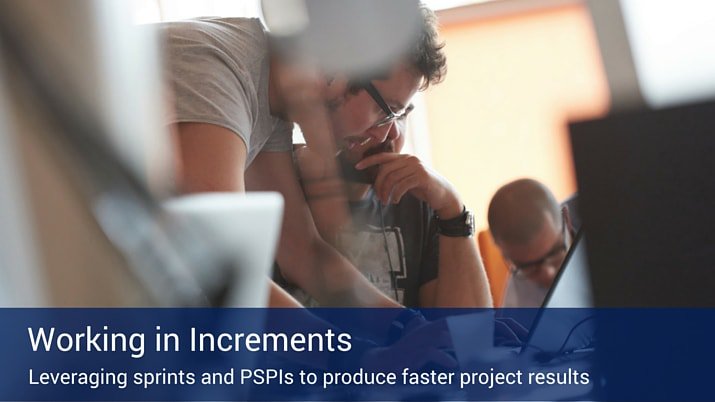How Agile Iterations Can Help You Succeed Quicker

Last Updated March 8, 2024
Many businesses are turning toward Agile as a way to improve workflows and optimize their efforts. Agile delivers a stronger focus on priorities, a reduction in unnecessary work, and timelier, cost-efficient production cycles.
One of the foundational principles of Agile, and a primary reason many practitioners experience a faster, more refined workflow, is the Agile Sprint.
What are Sprints?
A sprint, also known as an iteration, is a regular, repeatable work cycle, typically one or two weeks in length, in which project teams work to achieve developmental goals. It’s an accelerated timeframe. In these short periods, teams develop the most essential functionalities of a project first before proceeding to the next stage of the process.
This mentality emphasizes short-term goals, encourages Product Owners to cut away any unnecessary or redundant features and creates a tangible sense of progress for both team and customer. When a sprint concludes, the working teams have ideally created a potentially shippable product increment (PSPI).
PSPI and Sprints
PSPIs are release-quality slices of the total project. These high-quality portions of work should be fully-functional, tested and devoid of critical problems or errors. PSPIs can be useful for gathering feedback from customers and stakeholders. By interacting with a completely functional increment of the final product, stakeholders are able to hone their vision and describe what’s missing or what should be added during the next sprint. The project is always evolving and growing.
Typically, a full release requires multiple sprints. This allows teams to build on previous PSPIs – adopting customer feedback into their work moving forward, repurposing successful workflows and strategies or even improving PSPIs from earlier in the project. After time, project teams can learn enough about the project and the stakeholders to build their own efficiencies and best practices and adapt to the project. Sprints allow teams time to figure out how to dissect their own processes and eliminate the things that waste time or create inefficiencies elsewhere in the project.
Agile Projects
Adaptation and iteration are key to Agile project management. Creating PSPIs requires testing through development. Teams who are consistently engaging in sprints can learn how to quickly automate system testing, performance testing, load testing and other forms of testing so that they can reliably create shippable products after each sprint. Over time, gathering feedback on each PSPI can help focus the development and production, leading to less waste via erroneous or unnecessary work late in a project.
Agile project management is a process that allows teams to cut out any unnecessary project elements, test their work, communicate with stakeholders, refine their workflows and gain momentum as the project moves forward. Much of the benefit stems from incremental working sessions – self-imposed deadlines that help to focus vision and effort.







